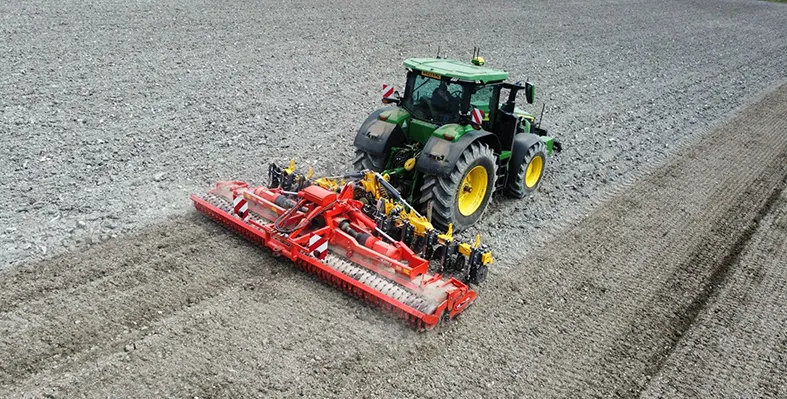
Angonabeiro continues to support national farmers while promoting innovation, quality, and sustainability in the country’s coffee sector.
Twelve Robusta coffee (Coffea canephora) producers from Amboim, in Angola’s Cuanza-Sul Province, recently received a payment of US$23mn thanks to sales of their coffee and a partnership with Portuguese coffee company Angonabeiro
The ceremonial handover, held in Luanda, was attended by the Portuguese Ambassador Francisco Duarte, Angonabeiro executives João and Rui Nabeiro, and Lucinda Mário de Castro Cunha, coordinator of the Amboim Women Farmers' Association.
Of the total amount, US$15mn were delivered immediately, with the remainder set to follow in a phased support process until December. The funds are earmarked for purchasing equipment to enhance coffee production, boosting productivity, sustainability, and autonomy among local women farmers. This partnership is designed to strengthen the coffee supply chain in Amboim while promoting innovation and long-term growth.
Rui Nabeiro highlighted Angola’s growing role in the company’s international revenue, now accounting for 15% of total earnings, with projections showing a 12% increase this year. Delta, part of the Nabeiro Group, is Angola’s largest buyer, processor, and exporter of green coffee, handling 1,200 tons last year and estimating around 1,000 tons this year. This trade directly supports 20,000 to 40,000 producing families per harvest, reflecting the sector’s vital socio-economic impact.
The initiative also aims to revitalize Angola’s green coffee supply chain by providing technical training, improving farming conditions, and mitigating logistical challenges, ensuring farmers continue producing high-quality coffee and maintain ownership of their land.
Portuguese Ambassador Francisco Duarte praised the strong Angola-Portugal economic relations, noting that over 5,000 Portuguese companies export to Angola, with Portugal being the country’s second-largest supplier after China. Many of these companies employ local staff, contribute taxes, and build human capital, creating thousands of jobs.
Lucinda Cunha of the Amboim Women Farmers’ Association emphasized the significance of the Angonabeiro partnership. Despite challenges such as vandalism and illegal purchasing of coffee, farmers managed to harvest up to 800,000 kilos, and the financial support will help maintain and expand coffee production, from cleaning plantations to preparing new planting sites.
Operating in Angola for almost 27 years, Angonabeiro continues to support national farmers while promoting innovation, quality, and sustainability in the country’s coffee sector.








